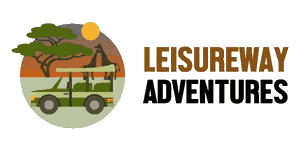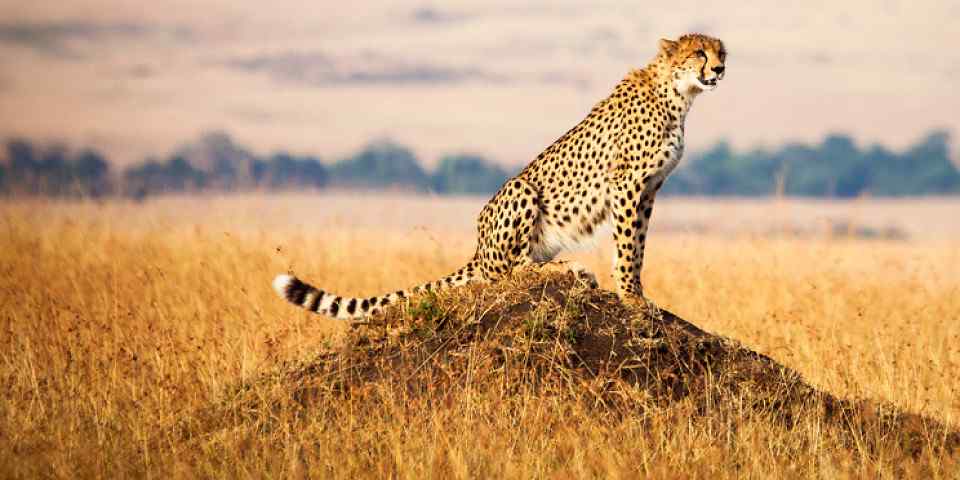
Safari Tours to Laikipia Plateau
-
![11-Day Kenya off the Beaten Track]()
11-Day Kenya off the Beaten Track
$10,190 to $11,209 pp (USD)
Kenya: Private tourLuxuryLodge & Tented Camp
You Visit: Nairobi (Start), Laikipia Plateau, Samburu NR, Sera WR, Masai Mara NR, Nairobi (End)

Wayfairer Travel
4.8/5 – 172 Reviews
-
![10-Day Tour Across Kenyan Beautiful Landscape & Wildlife]()
10-Day Tour Across Kenyan Beautiful Landscape & Wildlife
$5,203 to $5,656 pp (USD)
Kenya: Private tour
Mid-range Lodge & Tented CampYou Visit: Nairobi (Start), Amboseli NP, Lake Naivasha (Naivasha), Lake Nakuru NP, Laikipia Plateau, Aberdare NP, Mt Kenya, Nairobi (End)

Leisureway Adventures
4.9/5 – 16 Reviews
-
![9-Day Kenya Cat Scratch Circuit]()
9-Day Kenya Cat Scratch Circuit
$4,154 to $5,553 pp (USD)
Kenya: Private tour
Mid-range Lodge & Tented Bush CampYou Visit: Nairobi (Start), Laikipia Plateau, Lake Nakuru NP, Masai Mara NR, Mara Naboisho Conservancy (Greater Masai Mara), Nairobi (End)

Brighte Maasai Adventures
4.9/5 – 17 Reviews

 Kenya Parks
Kenya Parks










